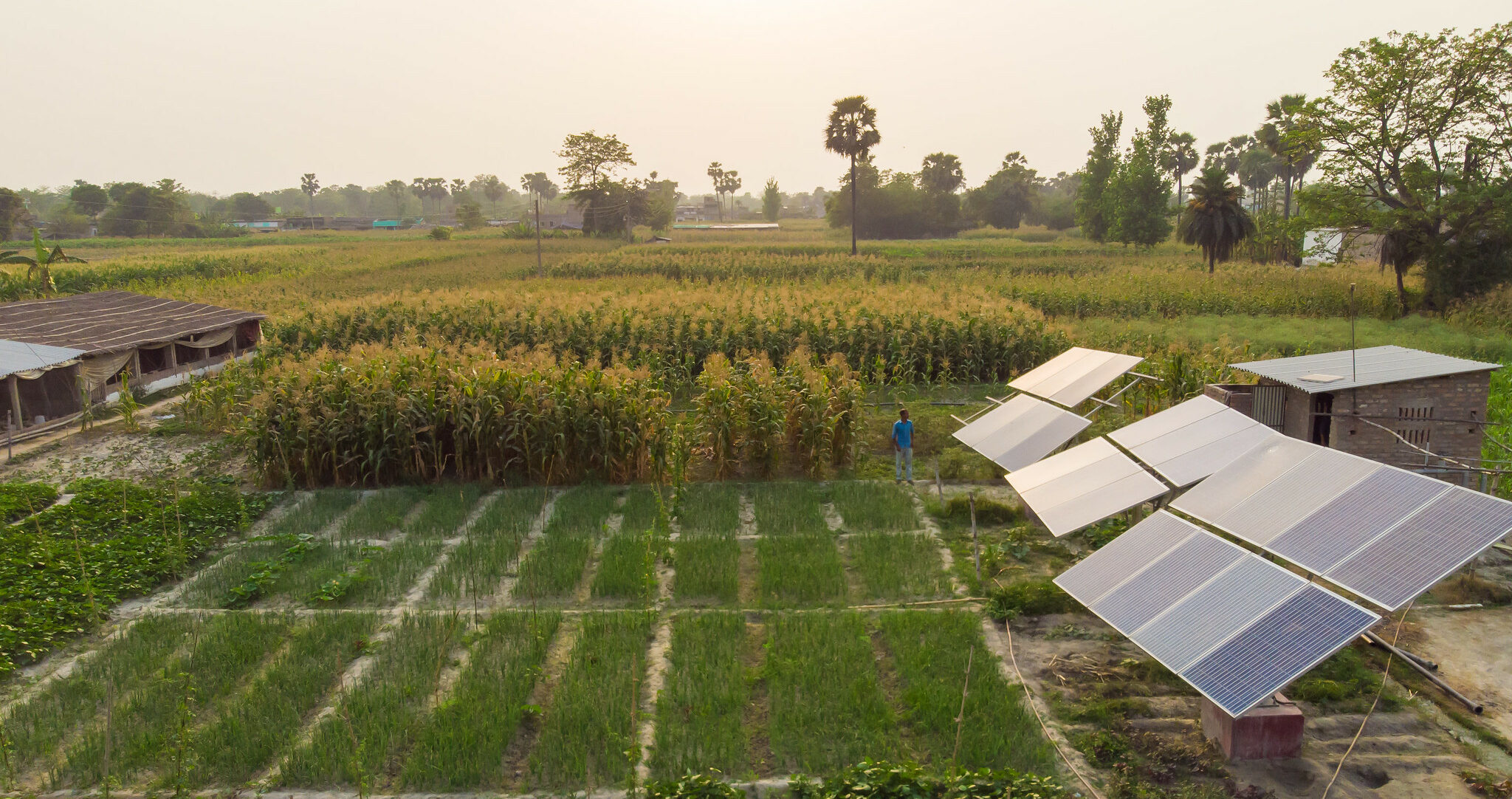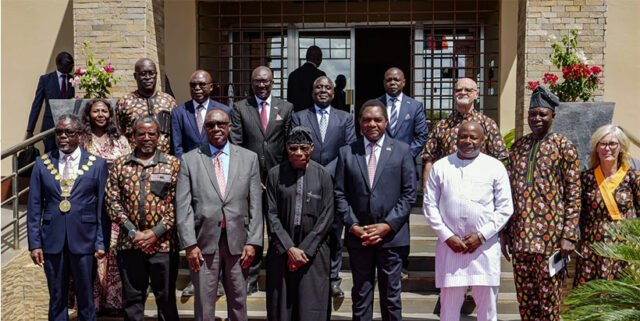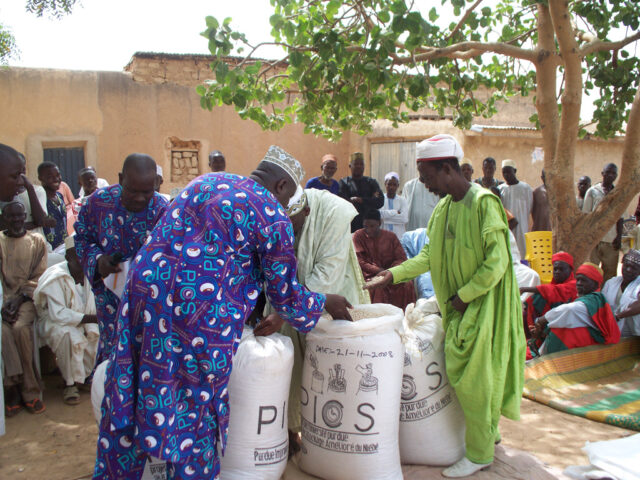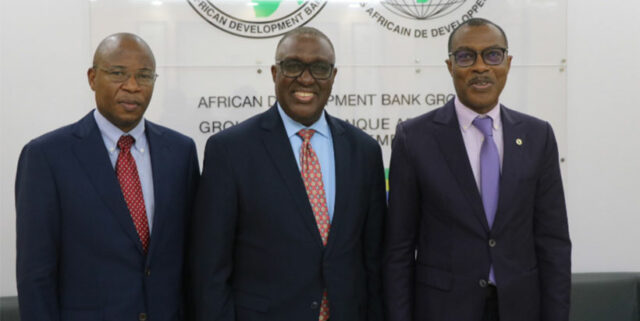
Solar irrigation holds huge promise for food security, income generation and climate resilience in South Asia and sub-Saharan Africa. But the rise in solar pumping also carries some risks. If pumps are undersized, they will not be able to provide farmers with enough water. If they are oversized, they risk over-abstraction of groundwater and underuse of what are expensive assets. How can we ensure that solar technology is appropriately matched to local conditions and farmers’ requirements?
This question provided the inspiration for the CGIAR Initiative on NEXUS Gains’ latest webinar, ‘Nexus Tools to support Solarization of Agriculture in Asia and Africa’. Held on Tuesday, April 18, the event was the tenth in a series of seminars highlighting NEXUS Gains’ research and its aim to realize multiple benefits across water, energy, food and the environment. It was facilitated by Dr Muzna Alvi, a Research Fellow at the International Food Policy Research Institute (IFPRI) and a member of NEXUS Gains’ Work Package 3, which explores the sustainable and inclusive energizing of food and water systems.
Sizing solar pumps in India
As part of this effort, NEXUS Gains is supporting the development, refinement and scaling of “solar sizing tools” – tools that help planners, investors and farmers choose the right solar irrigation technology for their local conditions. The first of these tools was introduced by Dr Shilp Verma, a Senior Researcher at the International Water Management Institute (IWMI). “India is a world leader in the solarization of agriculture,” Shilp explained. “But the number of solar irrigation pumps is still very small compared to the country’s irrigation economy. That’s why the Indian government has set the very ambitious target of installing 3.5 million solar irrigation pumps by 2026.”
In 2021, with support from the Deutsche Gesellschaft für Internationale Zusammenarbeit (GIZ), IWMI worked closely with the Indian Council of Agricultural Research and the Borlaug Institute for South Asia to develop the Solar Irrigation Pump (SIP) Sizing Tool. The tool was designed specifically for the Ministry of New and Renewable Energy, Government of India, for use in PM-KUSUM – India’s ambitious campaign to solarize agriculture. This innovative tool brings together India’s wealth of secondary data on soils, climate and irrigation systems to help users choose the right size solar pump for their particular area. The SIP Sizing Tool also allows users to input their own location, crop and irrigation data for more specific results. This flexibility makes it suitable for data-poor and data-rich environments. An Excel-based tool, it is designed to be easy to use and to function offline.
The SIP Sizing Tool, which is currently at the beta stage of development, is available here. “I would encourage all of you to take a look, play around with the tool and provide us with feedback,” urged Shilp. “Your inputs and suggestions will help us to develop and refine future versions. Under NEXUS Gains we hope we can build on this work to create similar tools for Nepal, Bangladesh and other countries where demand exists.”
Mapping solar potential in Africa
Attendees were then shown an online tool for sizing groundwater-fed solar irrigation systems in sub-Saharan Africa by Dr Hua Xie, a Research Fellow at IFPRI. “The adoption of solar irrigation depends on its cost relative to other energy sources,” explained Hua. “This tool allows users to compare solar with other energy options, such as diesel pumps.”
The tool combines climatic and hydrogeological databases with user data on crop type and irrigation method to provide spatial analysis functions for solar irrigation system sizing. Its results are presented as maps providing a range of essential information for effective solar sizing, including groundwater suitability, irrigation water demand and the breakeven cost for adopting solar. This last output can also be used to show the regions of sub-Saharan Africa where solar irrigation is currently more cost-effective than diesel pumps.
By revealing the places best suited to solar irrigation, it is hoped that this tool will help governments, international donors and private investors better target funding for agricultural solarization across the continent. The tool can also help farmers who are trying to decide whether to adopt solar irrigation. However, Hua acknowledged that internet speed can be an issue in parts of Africa, and he and the team behind the tool are considering developing an offline version to increase its usability.
Benefits for dealers and importers
These two presentations were followed by a panel discussion and audience questions. Karin Jeanneret Vezzini, CEO of Swiss solar pump manufacturer ennos, expressed her excitement at these two tools and hoped that they could be used to educate smallholders. “I think there’s a lack of understanding among farmers. We know from our work in Kenya, for instance, that many smallholders are using oversized diesel pumps that flood their fields, wash away minerals and kill plants,” said Karin. “So I hope these tools can be used by solar pump dealers to show farmers how much water they really need. That would be great to see.”
Tesfaye Hailu, Ethiopia Country Director at Power for All, agreed that inadequately sized pumps are a major problem for the solarization of agriculture, and noted that bulk imports of pumps are often ill-suited to the needs of smallholders. “The software developed can be used to give importers the opportunity to ship the right size pumps,” he said, referring to the mapping tool for sub-Saharan Africa. “I’d like to give a thumbs up to those who developed this tool.”
Unable to attend the webinar? You can watch it here.
| View the presentation by Shilp Verma
View the presentation by Hua Xie |
Learn more about all the webinars in the series on the NEXUS Gains Talks landing page.
This work was carried out under the CGIAR Initiative on NEXUS Gains, which is grateful for the support of CGIAR Trust Fund contributors: www.cgiar.org/funders
Header image: Solar irrigation pump site in Chakhaji village, Samastipur District, Bihar, India. Photo by Metro Media/IWMI.



